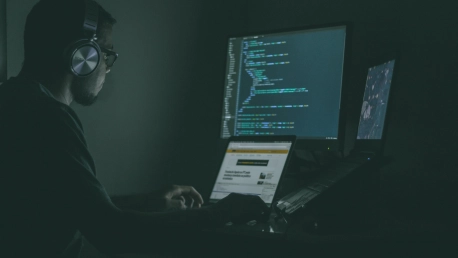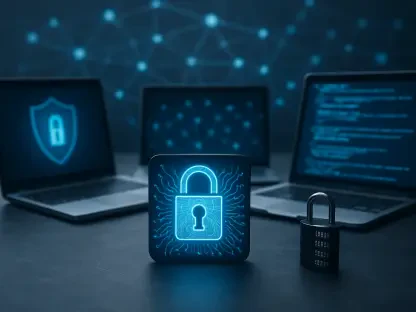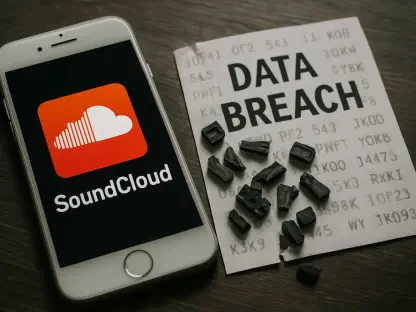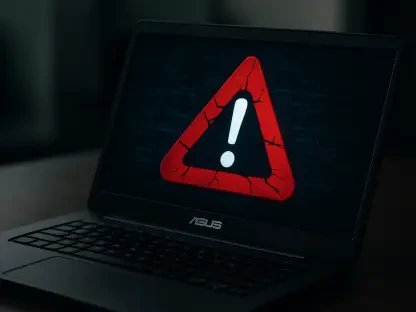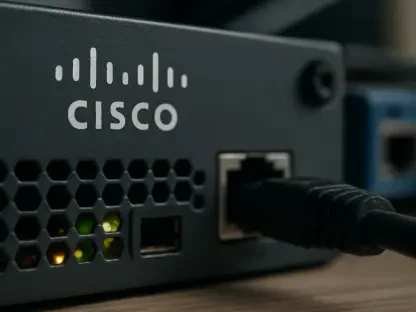The emergence of new threats has forced security experts to implement bulletproof practices and to make more efforts to understand how cybercriminals work. One key aspect of this process is to know what hackers do with stolen data. In recent years, more and more reports show that compromised credentials are amongst the most valuable assets found on the Dark Web. If mitigating the effects of a data breach and minimizing the damage is your goal, then you can’t ignore Dark Web Monitoring. Here’s what you need to know about Dark Web monitoring and how to stay one step ahead of cybercriminals.
The Dark Web – What It Is and What It Isn’t
The mysterious counterpart of the public internet, commonly known as the Dark Web, is a conglomeration of websites that are not indexed by conventional search engines. Their content is hidden and is only accessible via special browsers like Tor. Access to the Dark Web is encrypted and completely anonymized by several technologies.
The terms Dark Web and Deep Web are commonly confused in public discourse. The Deep Web includes information that is available but can’t be indexed and is hidden behind a login page, such as email, file-sharing services, h applications, or paid subscription services like Netflix.
The Dark Web is only a small fraction of the Deep Web, with only a few thousand sites up and running. It’s important to mention that not all the dark web is used for illicit purposes despite its ominous-sounding name. Security experts estimate that around 50 percent of sites on the dark web are used for illegal activities.
What Happens with Stolen Credentials
The Dark Web is host to all kinds of stolen information, both personal and corporate. Just like eBay in the Surface Web, Dark Web marketplaces and forums are used for selling goods. But instead of car parts or fashion accessories, users sell credit card details, bank account numbers, social security numbers, and even medical records. Also, a lot of corporate data is available on the Dark Web, such as customer lists, intellectual property, and employee usernames and passwords.
According to a report from Privacy Affairs, cybercriminals operating on the Dark Web will pay an average of $1,000 for a full range of stolen documents and account details that enable them to conduct identity theft. A hacked Facebook account alone goes for $75.
A security breach allowing hackers to steal internal data could be a nightmare for any organization. Attackers can use stolen credentials to access corporate applications, systems, and networks to steal data, execute fraud, or install ransomware.
E-commerce players are often targeted by these attacks. If a customer database is stolen, hackers could send out emails pretending to be that retailer in question. This would give them the credibility they need to execute successful phishing attacks and obtain credit card information. If such a breach occurs, companies have to communicate with customers. Failure to do so could result in irreparable damage to the brand.
Dark Web monitoring isn’t a fool-proof option. It is strongly recommended to keep full audit trails of all activity across your network and every device connected to it.
Dark Web Monitor and Scanning Explained
Dark web monitoring services received a lot of hype in the last two years. They work by searching the Dark Web and locating any personal or corporate stolen data. Most tools use automated scanners, crawlers, and scrapers to locate stolen credentials. If such information is found, the system alerts the legal owner.
This enables your IT or security teams to take the appropriate steps in order to mitigate any potential damage/incidents. This also can help you shut down attacks before they occur or contain the damage during an active attack. According to a study by Recorded Future, 75% of all disclosed vulnerabilities appear online before they’re listed in the National Vulnerability Database (NVD) with a median of seven days prior notice.
Top security service providers offer continuous Dark Web monitoring so you can gain real-time security insights without connecting to the Tor network or accessing sites like 4chan, 8chan, and Pastebin.
Modern security solutions go far beyond the limited capabilities of conventional antivirus software and firewalls. Dark Web Monitoring enables organizations to stay ahead of cybercriminals with proactive intelligence on data breaches.
